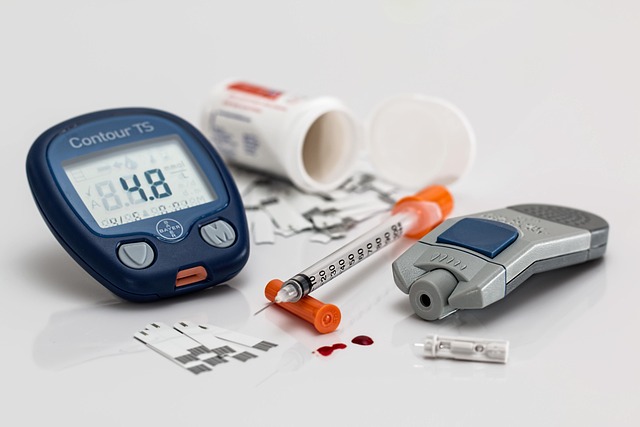Understanding A1c Levels and Their Importance for Health
A1c is a common blood test used to evaluate average blood sugar over the previous two to three months. It measures how much glucose attaches to hemoglobin in red blood cells, and clinicians use the result to assess long-term glucose control. For people monitoring diabetes risk or managing an existing diagnosis, A1c provides a different perspective than single glucose readings. Understanding what A1c measures, how testing is done, and what the numbers mean can help inform conversations with healthcare providers and support better health planning.

This article is for informational purposes only and should not be considered medical advice. Please consult a qualified healthcare professional for personalized guidance and treatment.
How does A1c reflect blood sugar over time?
A1c reports the percentage of hemoglobin proteins that have glucose attached, offering an average of blood glucose exposure across roughly 8–12 weeks. Because red blood cells live about three months, short-term fluctuations in morning or post-meal glucose won’t heavily sway the A1c result. That makes it a useful complement to daily glucose testing: it shows trends rather than momentary values. Factors like recent blood loss, certain anemias, or conditions that shorten red cell lifespan can affect the accuracy of A1c as a blood marker.
What is involved in A1c testing?
A1c testing is typically done with a single blood draw at a clinic, lab, or through some point-of-care devices used in primary care. Some home test kits are available, but results and quality vary; local services and clinical labs follow standardized methods. The test requires no fasting and can be ordered along with other blood work. After the sample is run, results are reported as a percentage: higher percentages indicate more glucose attached to hemoglobin. Discuss test frequency with a healthcare professional; common intervals range from every three to six months depending on individual needs.
How do A1c levels relate to diabetes management?
Clinicians use A1c as one of several tools to diagnose and manage diabetes. For people with diabetes, the A1c target is individualized, based on age, duration of diabetes, comorbidities, and risk of hypoglycemia. Lowering an elevated A1c typically involves medication adjustments, changes in diet, and increased physical activity, as well as monitoring daily glucose. For people without diabetes, an elevated A1c can signal prediabetes or increased long-term risk; it often prompts lifestyle interventions and follow-up testing to track progress and prevent progression.
How does A1c connect with glucose readings?
A1c gives an average that correlates to estimated average glucose (eAG), which some labs provide alongside the percentage to help translate results into familiar mg/dL units. However, A1c won’t show daily highs and lows—meter readings or continuous glucose monitoring (CGM) are needed for that detail. Situations such as kidney disease, pregnancy, or hemoglobin variants can cause discrepancies between A1c and real-time glucose measurements. Combining A1c with targeted blood testing or CGM helps create a fuller picture of glucose control and guides safer adjustments to treatment.
How A1c impacts broader health outcomes
Long-term elevation of A1c is associated with increased risk of complications that can affect eyes, kidneys, nerves, and cardiovascular health. Maintaining A1c within a range set with a healthcare provider aims to reduce those risks and support overall health. Lifestyle approaches—balanced nutrition, weight management, exercise, and smoking cessation—play a central role in influencing A1c. Mental health, sleep, and medication adherence also affect glucose control; comprehensive care that addresses these areas helps protect long-term health outcomes tied to glycemic control.
Conclusion
A1c is a practical, widely used blood marker for assessing average glucose exposure over months and complements day-to-day glucose testing. It is a useful tool for diagnosing diabetes, monitoring control, and guiding treatment decisions, but it has limitations and can be affected by certain health conditions. For interpretation and personalized targets, consult a qualified healthcare professional who can consider A1c together with glucose testing, symptoms, and overall health context.






